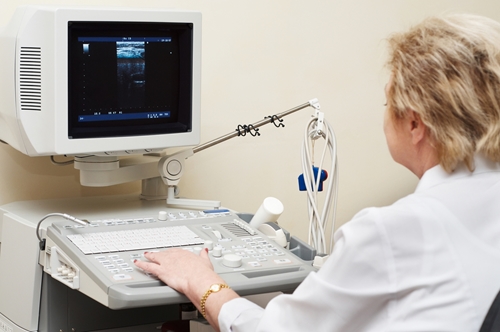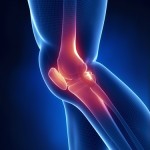Critical access hospitals still behind in EHR adoption race
Small practices have always had a more difficult time purchasing and implementing electronic health record systems than larger health care networks. After all, EHR systems can be expensive, and the extra capital from a conglomerate can help. Also, having more employees means that workflow disruptions are much less likely.
While small practices have actually increased EHR implementation, the same cannot be said for critical access hospitals. Mandated to have no more than 25 beds and to keep patients for no longer than 96 hours, CAHs are the most rural of medical facilities. According to a recent study conducted by researchers at the Office of the National Coordinator for Health Information Technology and published in the journal Health Affairs, CAHs currently face too many financial and technical challenges to participate successfully in any significant EHR implementation effort.
CAHs need help
The ONC researchers surveyed more than 800 CAHs on their participation in health information exchanges and other IT initiatives. The survey gathered information in seven general areas related to EHR adoption, telehealth capabilities and patient-facing data accessibility.
The survey found that CAHs that were not part of a larger health system fared the worst when it came to health IT. Among that group, 60 percent reported financial difficulties when purchasing an EHR, 30 percent said they did not have the infrastructure to support the software and 20 percent admitted they could not guarantee that patient health information would be secure on their networks.
CAHs that were part of a larger health system reported workflow disruptions upon EHR implementation at a 48 percent rate, but unincorporated facilities reported a figure of 62 percent.
It is not usual for CAHs to team up with larger health systems. There is little that a small CAH can do if there is no broadband Internet access in the area, and 78 percent of all CAHs received technical or financial assistance from regional extension centers in 2013.
Fully aware of these challenges, the U.S. Centers for Medicare and Medicaid Services crafted special guidelines for CAHs interested in incentive payments based on their EHR use. For example, CAHs are automatically reimbursed 101 percent of their health IT costs in their first year of use. If they fail to satisfy the requirements, the reimbursement drops to 100.33 percent. At no point is a CAH ineligible to recoup the money it spent on an EHR.



